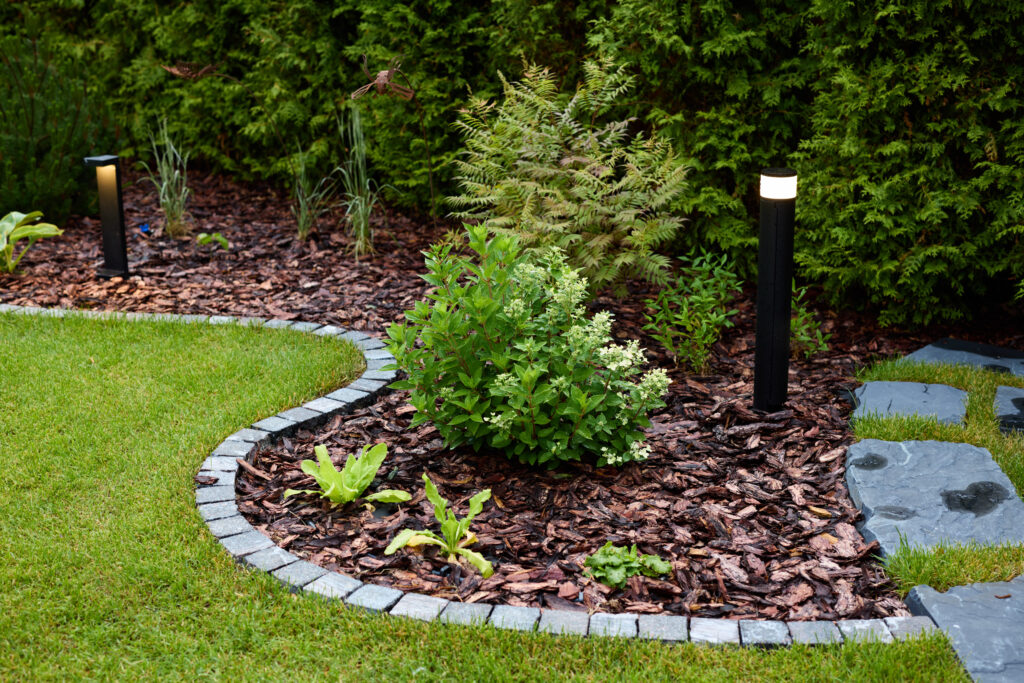Landscaping is one of the most effective ways to boost your home’s curb appeal. A well-maintained yard creates a welcoming space and enhances the property’s value. However, many homeowners make avoidable mistakes that can cost time and money. Use this guide to learn essential landscaping dos and don’ts and keep your outdoor space looking its best.
Do: Plan Your Landscaping Layout First
Before planting a single flower, start with a clear landscaping plan. Consider sun exposure, drainage, soil type, and the mature size of plants. Sketch your ideas on paper or use free landscaping software to visualize the result. Proper planning helps avoid overplanting or placing greenery in the wrong spots.

Also, think about your lifestyle. Do you need room for kids to play? Want to add a patio or garden path later? Planning with function in mind ensures your landscaping fits your needs today and in the future.
Don’t: Ignore Your Climate and Soil
One of the biggest landscaping mistakes is choosing plants that don’t thrive in your region. Avoid wasting money by picking native plants or those recommended for your zone. They require less water and care and are better suited for local weather conditions.
You should also test your soil before planting. Some plants prefer acidic soil, while others need more alkaline. A simple soil test kit from a garden center can prevent poor plant growth and frustration.
Do: Use Mulch and Edging to Boost Curb Appeal
Mulch not only makes flower beds look neat but also locks in moisture and prevents weeds from growing. Apply 2–3 inches of mulch around plants, but avoid piling it against trunks or stems.
Clean edging between grass and garden beds also elevates your landscaping’s appearance. Whether you use stone, plastic, or metal, well-defined lines add structure and visual interest.

Don’t: Overwater or Neglect Drainage
Overwatering is a common issue, especially for new homeowners. Many landscaping issues stem from soggy roots or standing water. Check moisture levels before watering and adjust based on the season and plant type.
Proper drainage is just as important. Sloped yards or poorly placed downspouts can cause erosion or flooding. If you’re unsure, a landscaping professional can recommend drainage solutions.
Do: Maintain Regularly and Seasonally
Landscaping is not a one-and-done project. Keep your yard tidy with weekly mowing, trimming, and weeding. Prune trees and shrubs as needed, and remove dead plants or debris before the start of each new season.
Fall and spring are perfect times to refresh mulch, aerate your lawn, or add seasonal flowers. Staying on top of regular maintenance ensures your landscaping remains beautiful and healthy throughout the year.

Don’t: Overlook Lighting and Hardscape Features
Don’t forget to include landscape lighting, especially for pathways and entrances. Lighting adds safety and ambiance in the evening. Likewise, hardscaping elements, such as stone walkways, benches, or garden walls, bring structure and function to your yard.
These upgrades require more planning and investment, but they often deliver long-term beauty and value.
Master Your Yard with These Landscaping Rules
Landscaping success starts with the right approach. Avoiding these common pitfalls while following best practices will help you create a yard that’s both inviting and low-maintenance.Looking to elevate your outdoor space? Contact us today for professional landscaping services tailored to your property. For more helpful advice, visit our Universal Landscape and Concrete blog for landscaping tips and ideas.
